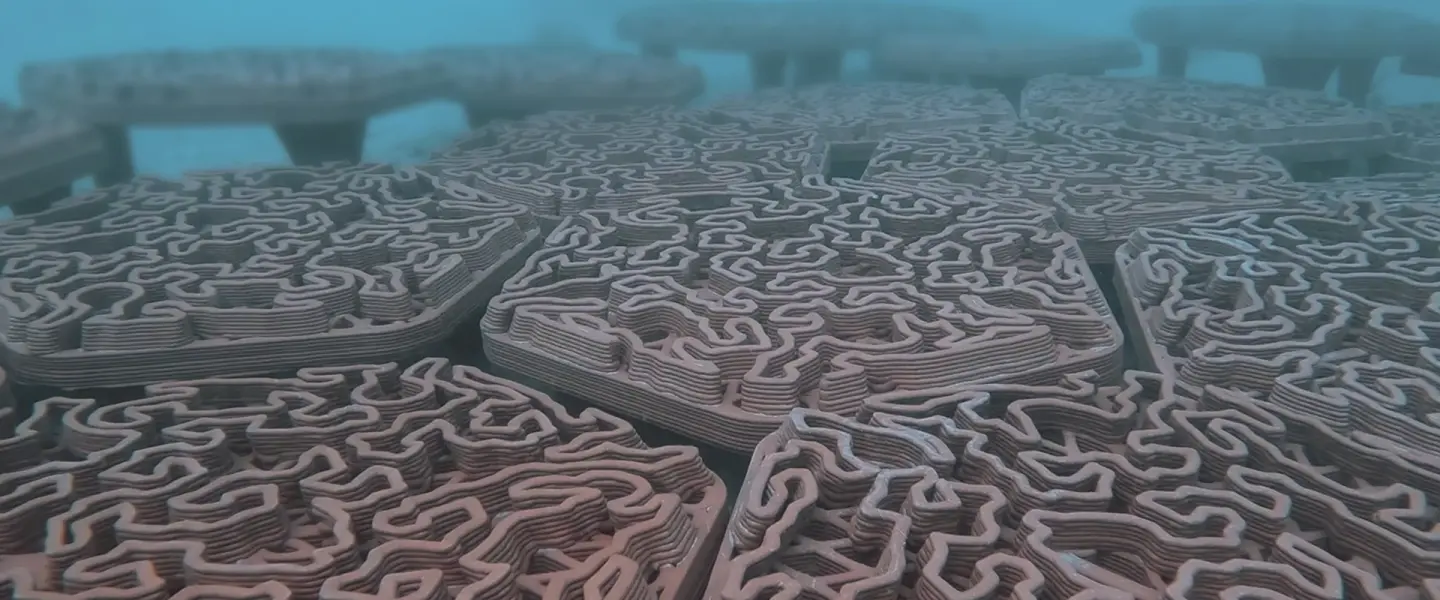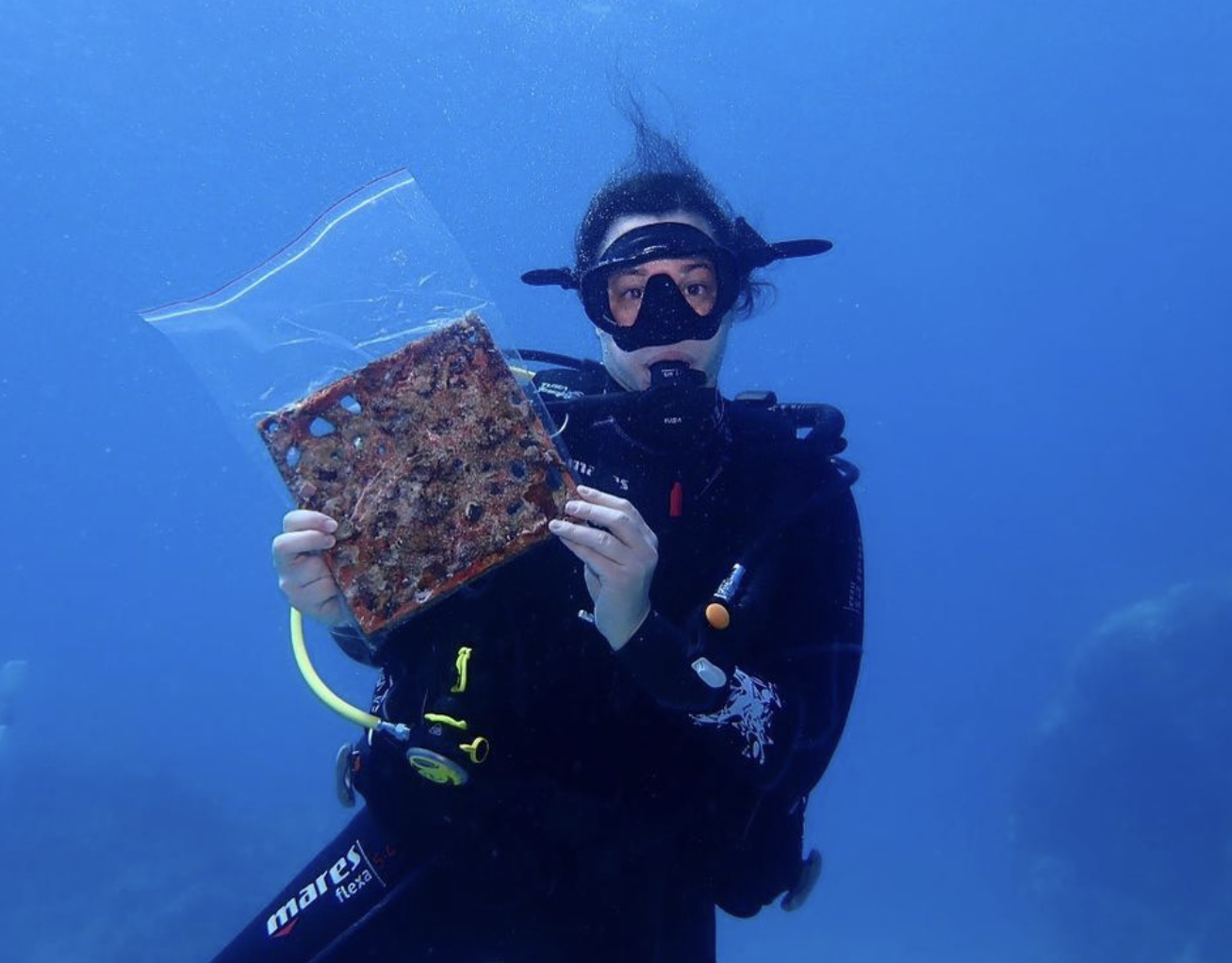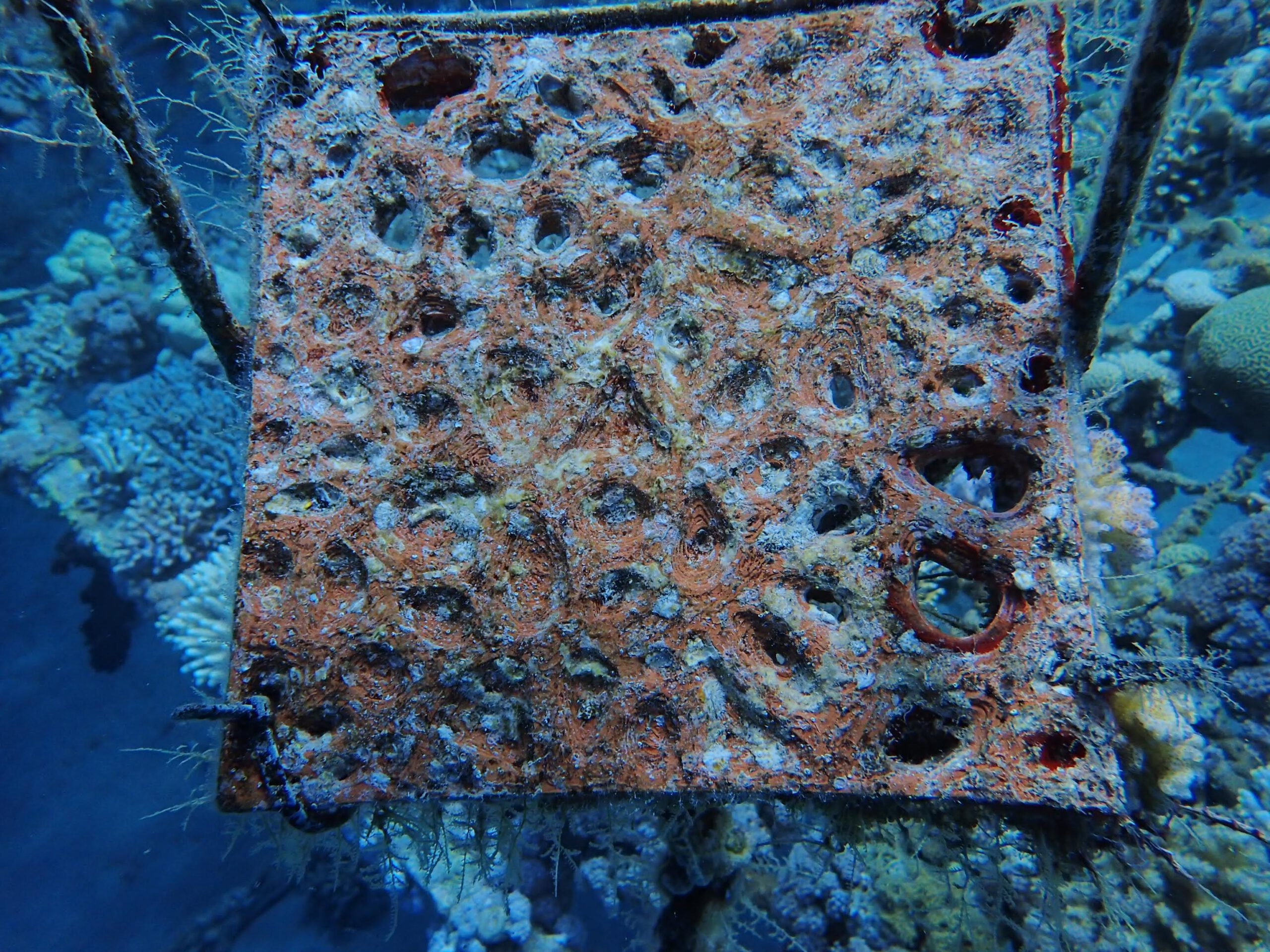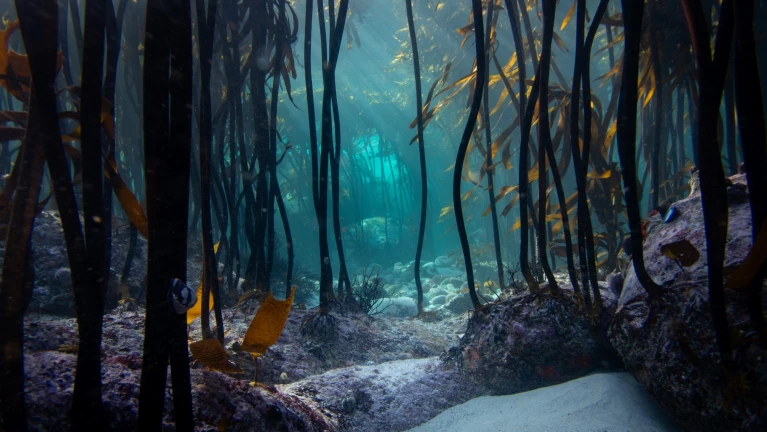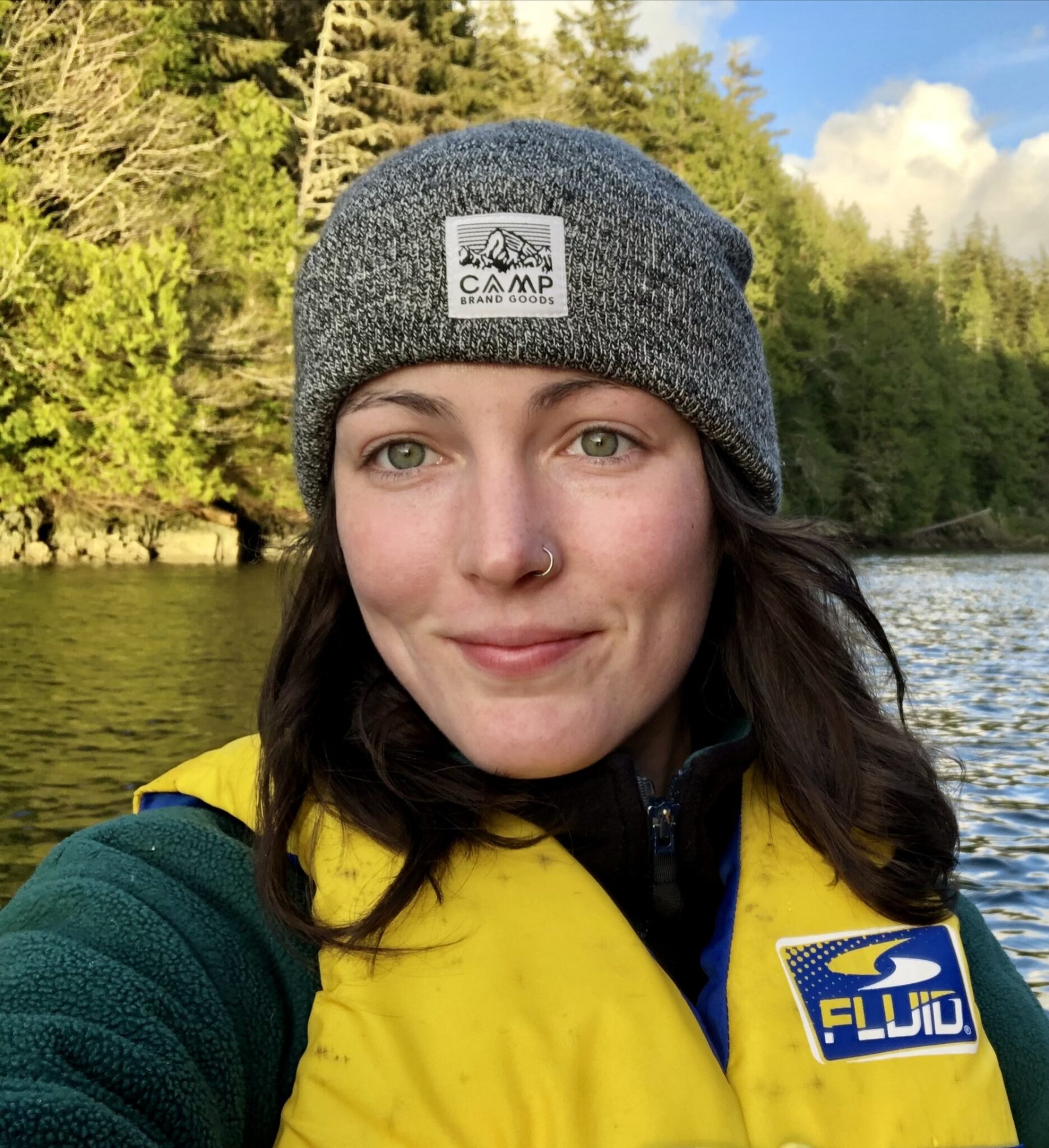

Canine distemper is a deadly, contagious disease mainly affecting a dog’s gastrointestinal, respiratory, and nervous systems. It causes many symptoms that cause discomfort in dogs.
Various sources reported a K9 distemper outbreak across the UAE in 2022. Though it has already passed, dogs in the UAE can contract the disease anytime.
Fortunately, dog owners can prevent distemper in dogs by understanding this disease and knowing what to do when your dog gets infected.
What is Distemper in Dogs?
Canine distemper is a fatal disease caused by the paramyxovirus. It’s highly contagious and lethal, especially in puppies.
The virus attacks various vital organs and causes symptoms like discharge from the eyes and nose, seizures, and convulsions.
How Does Distemper Spread in Dogs?
As the number of pet owners continues to rise in Dubai and throughout the UAE, the risk of a distemper outbreak is still high.
The distemper virus in dogs can be transmitted in several ways. A dog in direct contact with an infected dog can easily acquire the disease.
The virus can also spread through airborne transmission. When an infected dog barks, coughs, or sneezes, the distemper virus spreads and can affect healthy dogs that are nearby.
Luckily, the virus can’t live long outside a dog’s body and can easily be killed by using cleaners and disinfectants.
A pregnant dog infected with distemper may also pass the virus to its puppies. Sadly, the chances of survival of a newborn puppy are very low.
Still, veterinarians may treat the pregnant dog before it gives birth and the puppies when born to manage symptoms, as distemper in dogs doesn’t have a cure.
Symptoms of Distemper in Dogs
Once a dog is infected by distemper, it can experience various symptoms. As the disease progresses, the symptoms of K9 distemper become worse.
Here are the early symptoms of canine distemper.
- Discharge from the eyes and nose, ranging from watery to pus-like consistency
- Fever after three to six days after infection
- Loss of appetite
- Weakness and lack of energy
- Coughing
- Vomiting and diarrhoea
When symptoms progress, especially without vet medical care, advanced symptoms may appear in dogs. The advanced symptoms of distemper are fatal neurological signs that may include:
- Head tilting
- Circling
- Seizures
- Full or partial paralysis
- Repetitive eye movements
- Muscle twitching
- Convulsions with excessive salivation
- Increased chewing motions
When advanced distemper symptoms appear after a few days, the dog may not survive. If it does, the virus usually causes permanent damage to its nervous system.
How is Canine Distemper Diagnosed?


When dogs show signs of distemper, they should be brought to the veterinarian immediately. Many vet clinics in Dubai have the capabilities and equipment to diagnose canine distemper accurately, so it’s important to choose your vet wisely.
Diagnosing distemper involves checking for symptoms and performing diagnostic exams. One of the common tests performed to diagnose distemper is the PCR, or Polymerase Chain Reaction, which detects the distemper virus.
Other tests that the vet can perform include checking for antibodies present in the dog and testing the urine, blood, or nose and eye discharge.
Treatment Options for Distemper in Dogs
Currently, there is no cure for distemper in dogs. Instead, vets offer supportive pet care while managing the symptoms of an infected dog.
To manage symptoms, use IV (intravenous) fluids to prevent dehydration from vomiting and diarrhoea. Medications may also be administered to alleviate a dog’s discomfort, pain, and nausea.
Respiratory support and antibiotics might also be given when the dog’s condition becomes too severe.
During treatment and recovery, it’s advised to keep the infected dog away from other dogs to prevent transmission. Even after recovery, it’s best to isolate the dog because it can still shed the virus, which can last from two weeks to eight months.
Preventing Distemper in Dogs
Essential dog vaccination can prevent canine distemper. In Dubai, most vet clinics administer the DA2PP vaccine, which protects dogs from five common diseases, including canine distemper.
The DA2PP is a core vaccine usually given when puppies reach six to eight weeks of age. After the first shot, the vet will provide you with a dog vaccination schedule for the next DA2PP shots.
It’s important to follow the vaccination schedule to ensure your dog grows healthy and is protected against distemper and other canine diseases.
Your guidance and proactiveness also matter when making sure your dog is safe from distemper. When going out with your dog, always be cautious when socializing with other dogs, especially puppies.
Responsible Dog Ownership Against Distemper
With the proper knowledge about distemper, you can help keep your dog healthy and virus-free. Keep your dog’s vaccination up-to-date, especially if you have a puppy with an underdeveloped immune system.
If you notice any symptoms of distemper in your dog, contact emergency vet services immediately. The chances of survival will depend on how prompt the vet care will be to manage the symptoms.
The key to your dog’s health is regular monitoring, routine vet consultations, and preventive measures to keep it safe from disease.
Frequently Asked Questions About Distemper in Dogs
Is canine distemper curable?
No, canine distemper is not curable. Still, there are treatment options available to manage symptoms like vomiting and diarrhoea, which can lead to dehydration.
What is the distemper vaccine?
The distemper vaccine is a core vaccination that’s essential for dogs. It protects your canine companion from the fatal and contagious distemper virus.
Can a dog survive distemper?
Yes, some dogs may survive distemper. Recovery is challenging but achievable. However, most distemper survivors often have permanent neurological damage and would need extra care and attention.
Can I touch a dog with distemper?
You can touch a dog with distemper, but you must be strict with hygiene as you can transmit the virus to other dogs you might touch. When caring for an infected or recovered dog, always disinfect your hands and other items you may touch or use on the dog.
Can distemper spread to humans?
No, distemper doesn’t spread or affect humans. However, humans can be carriers of the distemper virus to other animals.





















